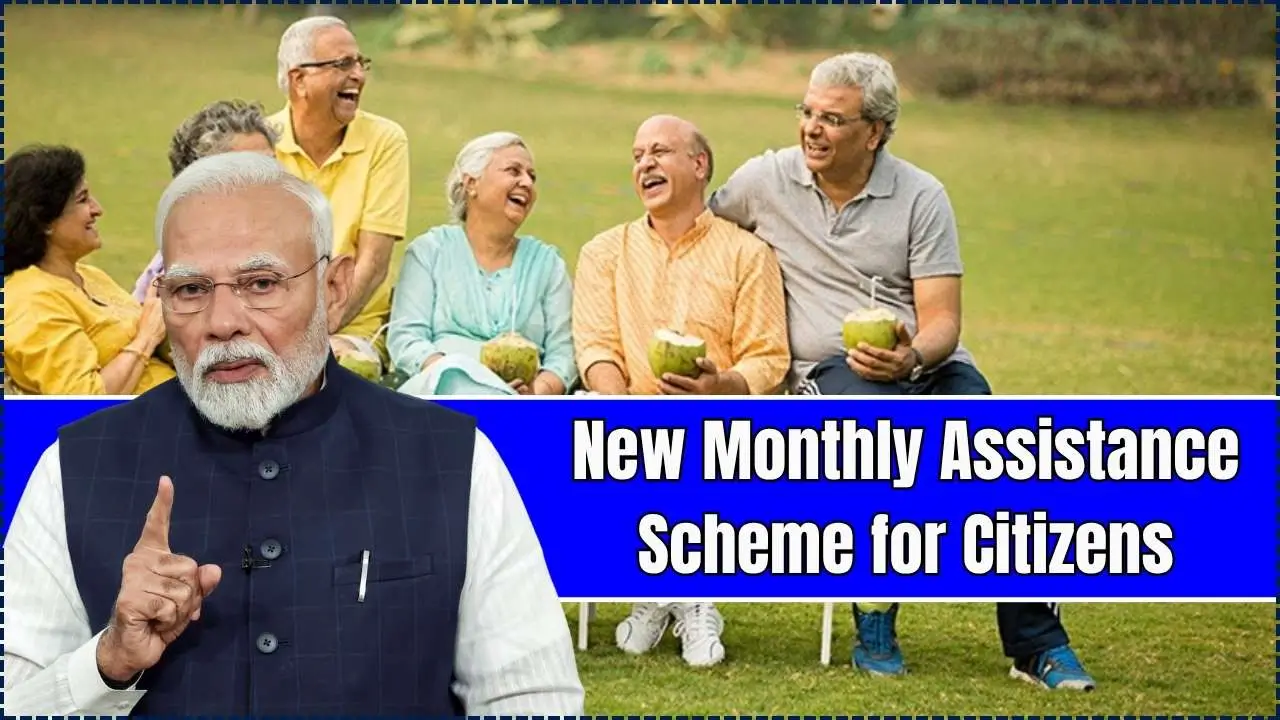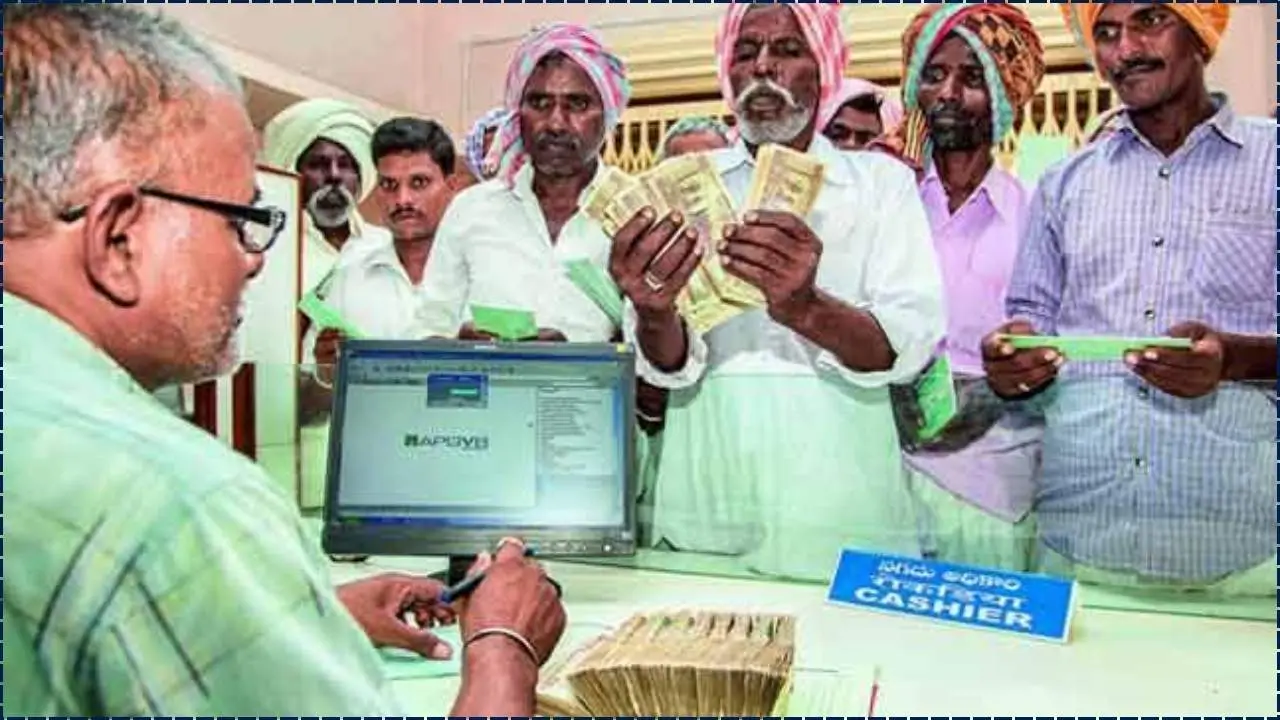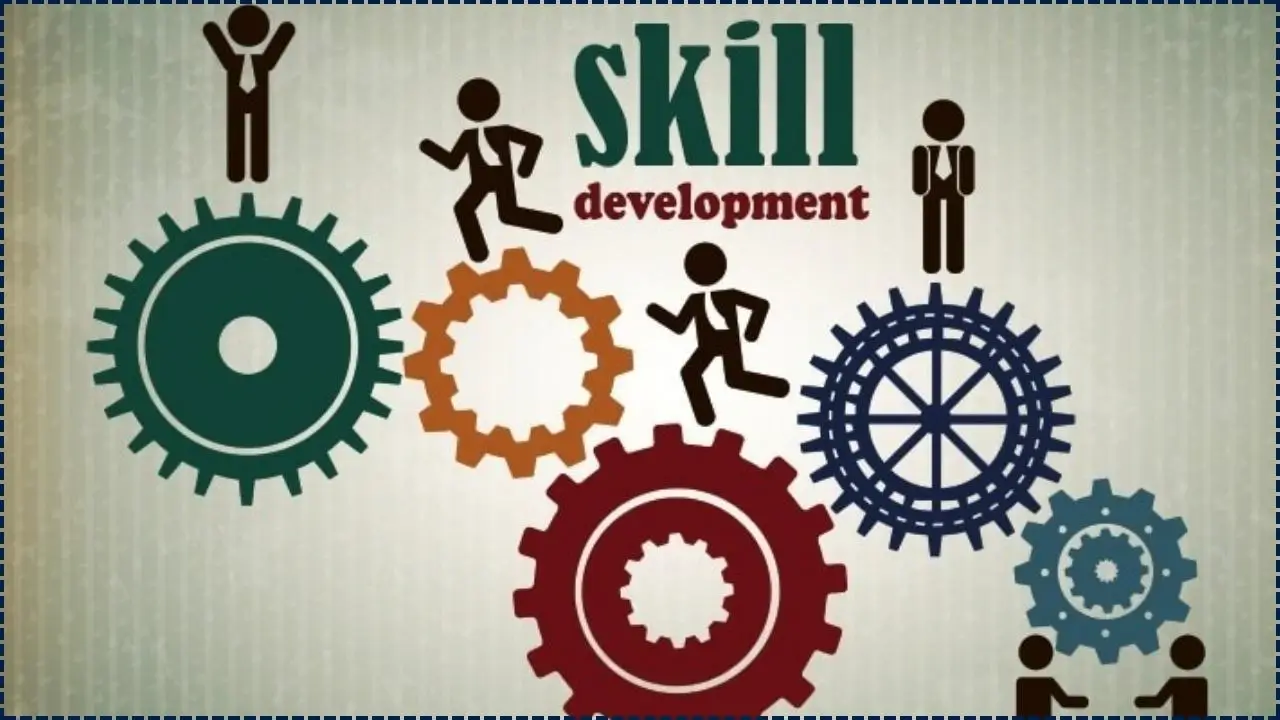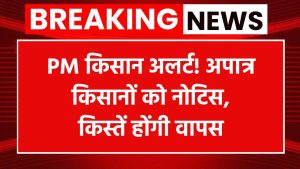E-Governance 2.0 in India is set to revolutionize public services by expanding infrastructure, enhancing digital platforms, ensuring data integrity, and securing documentation, all with the heartfelt aim of empowering every citizen with equitable access to opportunities and services. By addressing challenges like accessibility and inclusion through coordinated policy interventions and systemic improvements, this initiative strives to create a more inclusive and accountable digital future.
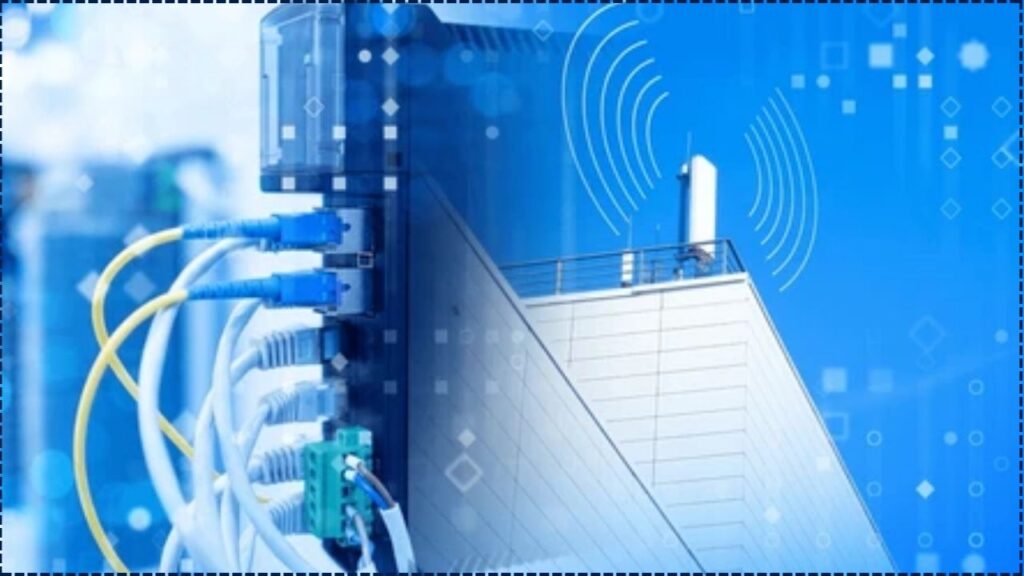
This transformative vision fosters hope, uniting communities, policymakers, and technologists in a shared commitment to uplift lives, bridge divides, and build a society where every individual is valued and empowered to thrive in a connected, compassionate world.
India’s transition to E-Governance 2.0 heralds a transformative era of digital governance, driven by high-speed broadband, robust data infrastructure, and citizen-centric platforms, all designed to empower every individual with equitable access to essential services and opportunities.
Through initiatives like the National Broadband Mission 2.0, the government is committed to enhancing service quality, accessibility, and accountability, fostering a future where technology bridges divides and uplifts communities across the nation.
This vision reflects a deep dedication to inclusivity and compassion, uniting policymakers, technologists, and citizens in a shared mission to create a more connected, equitable, and hopeful society where every voice is heard and every life is valued.
Table of Contents
Infrastructure: Bridging Access Gaps
National Broadband Mission 2.0
The government launched National Broadband Mission 2.0 in January 2025 to significantly expand digital infrastructure. It aims to extend optical fibre to 270,000 villages by 2030, ensure 90% of anchor institutions—such as schools and health centres—have broadband access, and raise national fixed-line speeds to 100 Mbps from about 63 Mbps now.
Rural Inclusion via Common Service Centres (CSCs)
Common Service Centres, run by Village Level Entrepreneurs, remain essential for delivering e-governance services across rural and remote areas. These centres facilitate access to banking, education, healthcare, and government schemes.
Platform Innovation and Digitisation
e-Office Expansion in Delhi
In Delhi, the e-Office platform now serves 119 out of 199 government departments, replacing paper workflows and enhancing transparency. In July alone, digital file usage rose by 250%, with over 118,000 files processed.
Secure Travel Documents: Passport Seva 2.0
India has rolled out chip-enabled e-passports under Passport Seva 2.0, featuring embedded RFID chips holding biometric data and supported by global security norms. The rollout began in 13 cities, including Delhi and Chennai, with plans for nationwide expansion by mid-2025.
Quality Governance through Data
NITI Aayog’s observation that flawed or duplicated data could inflate welfare costs by 4–7% underscores the urgent need to strengthen data quality measures, ensuring that vital resources reach those who need them most and fostering a more equitable society.
By addressing these challenges, the focus is on building robust digital systems that not only prevent leakage but also cultivate public trust, empowering communities with the confidence that their welfare systems are fair and reliable. This commitment reflects a deep dedication to uplifting the most vulnerable, uniting stakeholders in a shared mission.
Related Links
The UMANG App: A One-stop Solution for Accessing Government Services
How to Use DigiLocker to Access and Manage your Official Documents
Open Data Resources: A List of Official Data Portals and APIs For Researchers and Developers
Vision and Global Positioning
KPMG’s strategic roadmap envisions India becoming a global digital leader by harnessing ethical AI, strengthening governance frameworks, and fostering innovation ecosystems through public–private collaborations.
Expert Perspective
India’s remarkable digital transformation, as highlighted by the Economic Times, reflects a profound shift from early skepticism about technology to a unified belief—shared by leaders from the Prime Minister to village functionaries—that digital innovation can create a more efficient, transparent, and inclusive governance system, uplifting the lives of millions.
This journey embodies a deep commitment to empowering every citizen, ensuring that technology serves as a bridge to opportunity, fostering trust, and enhancing access to essential services. By embracing this vision, India unites communities and policymakers in a shared mission to build a compassionate, equitable society where every individual’s dignity is valued, and their potential is nurtured through the power of inclusive governance.

